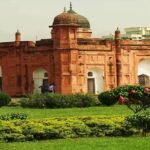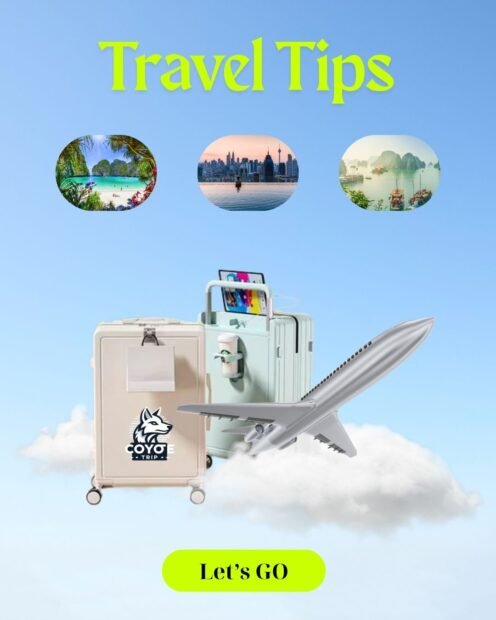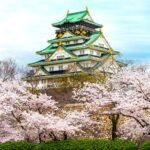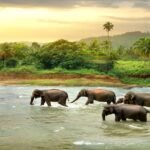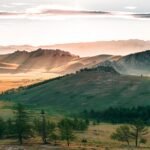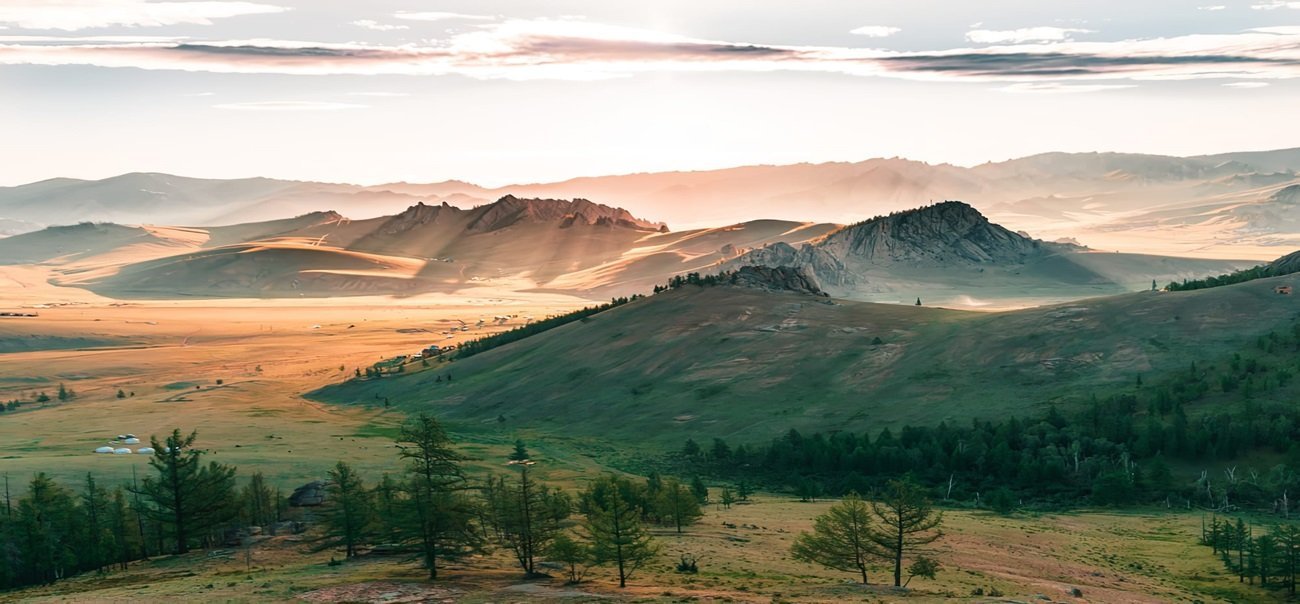

Travel to Mongolia : Ultimate guide
Travel to Mongolia : Ultimate guide
Travel to Mongolia : Ultimate guide, offers an adventure into a land of vast open steppes, towering mountains, and a rich nomadic heritage. This unique destination, nestled between Russia and China, is a haven for those seeking to explore unspoiled nature and experience a culture deeply connected to the land and its history. Mongolia’s vast landscapes range from the arid Gobi Desert to the lush green valleys of the Altai Mountains, offering breathtaking views and a sense of boundless freedom. The country’s rich history, intertwined with the legacy of Genghis Khan and the Mongol Empire, adds a fascinating historical dimension to any visit. For travelers looking to step off the beaten path and immerse themselves in a world where ancient traditions still thrive, travel to Mongolia presents an unparalleled opportunity for adventure and cultural discovery.
Exploring Mongolia’s Vast Landscapes
Mongolia, often referred to as the « Land of the Eternal Blue Sky, » boasts some of the most spectacular and diverse landscapes in the world. Its vastness and the sparsely populated terrain offer an unparalleled sense of freedom and adventure.
The Gobi Desert, one of Mongolia’s most iconic landscapes, is a vast and varied desert region where you can find everything from sand dunes to rugged mountains. The Gobi is not just a desert expanse; it’s also a place of historical significance and rich paleontological sites, including the Flaming Cliffs, known for their dinosaur fossils.
In stark contrast to the Gobi’s arid lands are the lush green steppes that define much of Mongolia’s countryside. These expansive grasslands are home to traditional nomadic herders and are dotted with yurts (traditional tents known locally as gers). The Mongolian steppe, with its rolling hills and wide-open spaces, offers an ideal setting for horseback riding, a traditional mode of transport and a critical part of Mongolian culture.
The Rich Nomadic Culture of Mongolia
Mongolia’s rich nomadic culture is one of its most distinctive and enduring characteristics. This way of life, centered around the herding of livestock and seasonal migration, has been preserved for centuries, shaping the social and cultural fabric of the nation.
The nomadic lifestyle in Mongolia is characterized by the use of the ger, a traditional felt tent that is both portable and durable, ideal for the country’s extreme climate. The simplicity and functionality of the ger reflect the Mongolian people’s deep connection to and respect for nature. Life in these gers revolves around family and community, with hospitality being a cornerstone of nomadic culture. Visitors are often greeted with warmth and offered traditional food and drink like airag (fermented mare’s milk) and buuz (meat dumplings).
Mongolian nomads maintain a close relationship with their animals, including horses, camels, goats, sheep, and yaks. These animals are not only essential for their livelihood but also hold cultural and spiritual significance. Horse riding, in particular, is deeply embedded in Mongolian culture, with children learning to ride almost as soon as they can walk.
A signature dish from Mongolia is Mongolian Beef Stew (known locally as « Mongolian Beef » or « Mongolian Lamb »). This hearty and flavorful dish is a staple in Mongolian cuisine, typically made with beef or lamb, and characterized by its rich, savory flavors.
Historical Attractions in Mongolia
Mongolia’s rich history, dating back to the era of Genghis Khan and the Mongol Empire, is embedded in its numerous historical attractions. These sites offer a window into the country’s past, from ancient times to the present day.
The Orkhon Valley, a UNESCO World Heritage Site, is significant for its historical value. It encompasses the ruins of ancient states that existed on Mongolian territory, including the ancient city of Karakorum, which was the capital of the Mongol Empire under Genghis Khan and his successors. The Erdene Zuu Monastery, one of the oldest surviving Buddhist monasteries in Mongolia, is located near the site of Karakorum, symbolizing the transition of Mongolian empires from the nomadic conquest to a settled Buddhist state.
The Genghis Khan Statue Complex, a monumental structure located near Ulaanbaatar, is dedicated to the founder of the Mongol Empire. The statue, one of the largest equestrian statues in the world, stands on the banks of the Tuul River and offers panoramic views of the surrounding landscape.
Another key historical site is the Gandantegchinlen Monastery in Ulaanbaatar, a center of Mongolian Buddhism and a testament to the religious revival in Mongolia after decades of Soviet influence. The monastery’s main attraction is the impressive statue of Migjid Janraisig, a bodhisattva of compassion.
Adventure and Activities in Mongolia
Mongolia, with its vast open landscapes and nomadic traditions, is an ideal destination for adventure and outdoor activities. The country’s rugged terrain and unspoiled nature provide the perfect backdrop for a range of thrilling experiences.
Horseback riding is a quintessential Mongolian adventure, offering an authentic way to explore the steppes just as the nomads have for centuries. Visitors can embark on multi-day horse treks, journeying through remote areas and experiencing the nomadic lifestyle first-hand. These treks often include camping under the stars and learning about traditional Mongolian horsemanship.
For those seeking a challenge, the Altai Mountains in Western Mongolia are a prime destination for trekking and mountaineering. The region’s stunning scenery, including snow-capped peaks and pristine lakes, makes for an unforgettable hiking experience. The Altai Tavan Bogd National Park, home to the highest peaks in Mongolia, is particularly popular among trekkers and climbers.
The Gobi Desert offers a different kind of adventure. Here, visitors can explore the vast dunes, rugged mountains, and unique wildlife on camelback. The desert is also home to significant paleontological sites, making it a fascinating destination for history and nature enthusiasts.
5 must to do in Mongolia :
Mongolia is a country of vast landscapes, rich history, and unique cultural experiences. Here are five must-do activities when visiting Mongolia:
- Explore the Gobi Desert:
- The Gobi Desert offers stunning landscapes including sand dunes, rugged mountains, and unique rock formations. Key attractions include the Flaming Cliffs (where dinosaur eggs were discovered) and the Khongoryn Els sand dunes. You can experience traditional nomadic life in a ger (yurt) camp and explore the desert’s diverse wildlife.
- Visit Ulaanbaatar’s Major Landmarks:
- The capital city, Ulaanbaatar, is home to several important landmarks:
- Sukhbaatar Square: The central square with notable monuments and statues.
- Gandan Monastery: A major Buddhist monastery with beautiful architecture and religious artifacts.
- The National Museum of Mongolia: Offers extensive exhibits on Mongolian history, culture, and art.
- The Winter Palace of the Bogd Khan: The former residence of the last king of Mongolia, showcasing traditional Mongolian art and historical items.
- The capital city, Ulaanbaatar, is home to several important landmarks:
- Experience the Naadam Festival:
- Naadam is Mongolia’s most important traditional festival, celebrated in July. It features the « Three Manly Games »: wrestling, horse racing, and archery. Attending Naadam provides a deep insight into Mongolian culture and traditions, and the colorful festivities are a highlight of the year.
- Stay with Nomadic Families in the Countryside:
- Spending time with a nomadic family in rural Mongolia offers a unique cultural experience. You can learn about traditional nomadic life, help with herding livestock, and enjoy authentic Mongolian cuisine. Popular regions for this experience include the Orkhon Valley and the Khangai Mountains.
- Explore the Altai Mountains:
- The Altai Mountains in western Mongolia are known for their breathtaking landscapes, including snow-capped peaks, alpine meadows, and ancient petroglyphs. Activities here include trekking, exploring the pristine lakes such as Lake Khovsgol, and visiting traditional Kazakh eagle hunters who practice the ancient art of falconry.
These activities offer a blend of Mongolia’s natural beauty, cultural heritage, and traditional lifestyle, making them essential for a memorable visit to the country.
Practical Travel Tips for Mongolia
When planning travel to Mongolia, there are several practical tips to keep in mind. Firstly, Mongolia’s vast landscapes and low population density mean that distances between destinations can be significant, so plan travel itineraries accordingly. The Trans-Mongolian Railway and domestic flights are efficient ways to cover long distances, while hiring a jeep with a driver is a common option for exploring remote areas.
Mongolia has a continental climate with extreme temperatures, so pack appropriate clothing for both warm summers and bitterly cold winters. Cash is still the most widely accepted form of payment, especially in rural areas, so ensure you have enough local currency (Mongolian Tugrik).
Visas are required for many nationalities, so check visa requirements well in advance. English is not widely spoken outside major tourist areas, so learning a few basic phrases in Mongolian can be helpful. Lastly, respect local customs and the nomadic way of life, especially when visiting rural communities or staying in gers (yurts).
Travel to Mongolia : Ultimate guide summary
Travel to Mongolia : Ultimate guide, offers a unique journey into a land of stark natural beauty, rich nomadic traditions, and a deep sense of adventure. From the vast expanses of the Gobi Desert to the rugged peaks of the Altai Mountains and the cultural richness of its ancient festivals, Mongolia provides an unparalleled experience. It’s a destination where the modern world meets a way of life that has remained unchanged for centuries, offering travelers not just a trip, but a profound exploration of a land and culture that is both resilient and welcoming. Each visit promises adventure, discovery, and an unforgettable connection to the earth and its history.
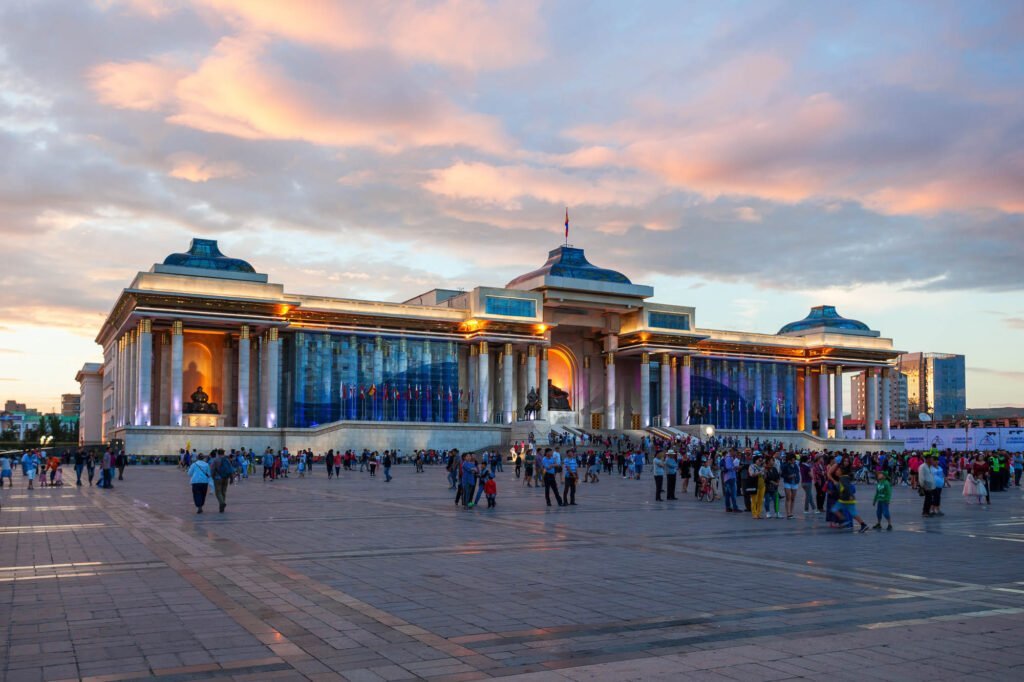
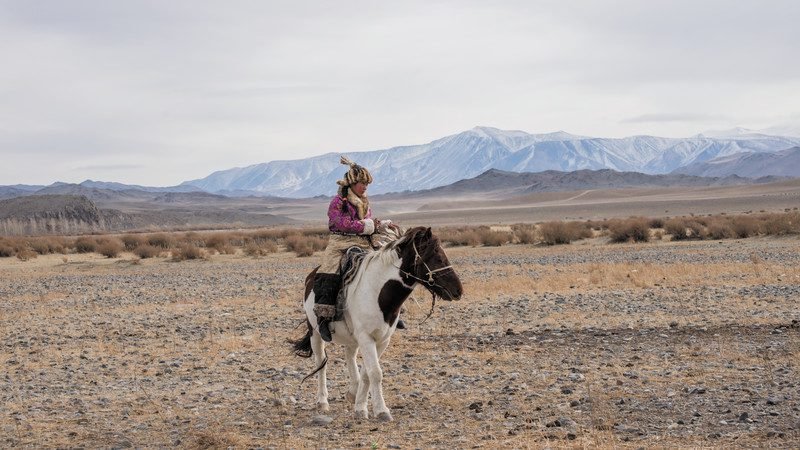
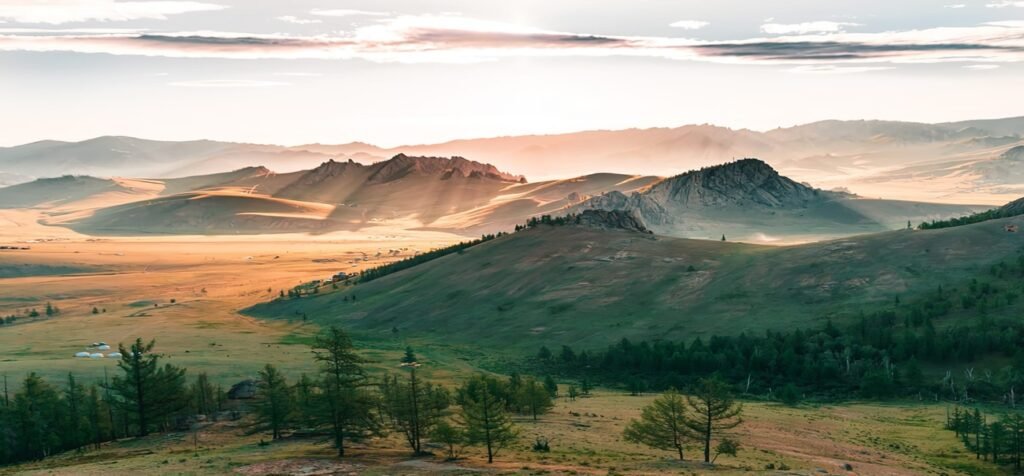
Find your hotel below
Popular
- Thailand
- Vietnam
- Dubai
- Bali
- Autour du globe
- Terms-conditions
- Contacts
- Privacy-policy
- About US
About us
Are you ready to trade the everyday for extraordinary experiences? This travel blog is your one-stop shop for crafting the perfect summer escape.
Contact us : info@coyotrip.com



